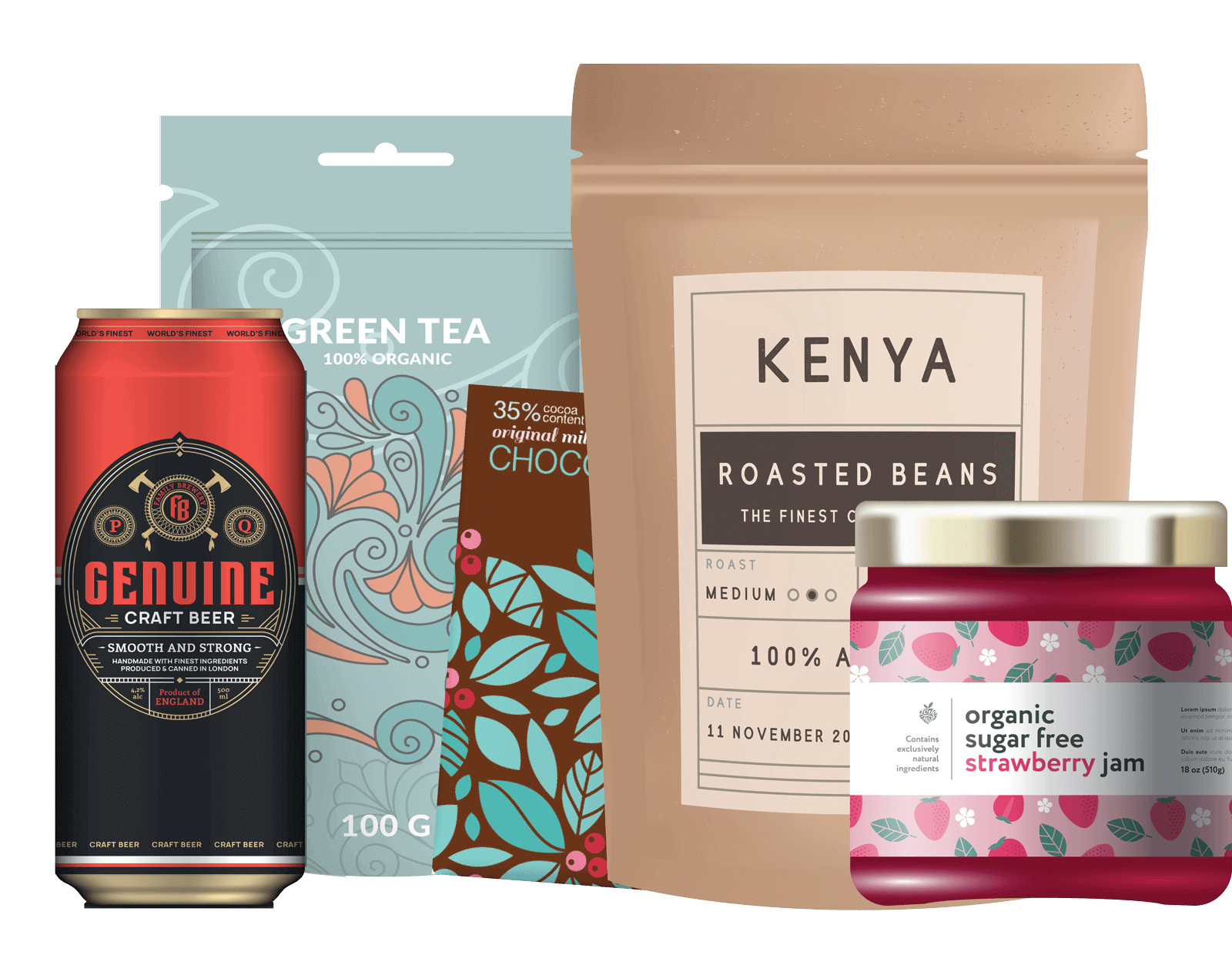What Are Oxo-biodegradable Additives
If your customers look at any shelf in their local store or pharmacy, they will see your products wrapped or bottled in plastic, or made of plastic in order to keep them from becoming contaminated and safely achieve a longer shelf life. Your drugs, vitamins, or other items will also be shipped in protective plastic, whether it be bubble wrap, shrink wrap, or pallet wrap, so that they arrive at their destination shelves undamaged. This requires a great amount of plastics, so there is the need to reduce the negative impact that they have on the environment.
There is of course the understanding within your company and among your customers that discarded conventional plastic packaging will remain in the environment for prolonged periods of time. If plastics don’t find their ways to landfills or recycling centers, they will simply end up in the environment where they damage wildlife and leave unsightly areas of litter.
It is a well-known fact that plastics are made as a by-product of the refining process. It makes good environmental and economic sense to reuse these by-products rather than to dispose of the packaging, using increasingly scarce land and water resources. Yet, the practice goes on.
There is now an approach to introduce additives into the plastics polyethylene (PE), polypropylene (PP), polystyrene (PS), and polyethylene terephthalate (PET) that will actually accelerate the degradation of these plastics in the environment. These are known as oxo-biodegradable additives.
What are Oxo-biodegradable Additives?
Oxo-biodegradable additives are catalytic materials that are incorporated into normally traditional polyolefines. Here, the idea is to alter their degradation behavior. They will undergo a two-step process: an oxidative process that is kicked off by catalytic additives that is then followed by biodegradation.
The process enables the bottle and other items to fragment and degrade from light, heat, mechanical stress, and moisture.
Overall, the technology adds transition metals of cobalt (Co) at 33 ppm, magnesium (Mg), or manganese (Mn), zinc (Zn), iron (Fe), or nickel (Ni) into the polymer. These metal ions are susceptible to light, heat, moisture, and mechanical stress and as such, weaken the tensile strength of the polymer chain.
The final result is an oxo-biodegradable plastic that can degrade — its molecular weight has been reduced — into smaller and smaller pieces due to the actions of bacteria and fungi in the soil or disposal environment. The end product actually enters the environment more quickly than twigs, grass, straw, or leaves. The material is also reduced further into water, carbon dioxide, and the cell biomass.
In particular, oxo-biodegradable additives are being used in PET pre-forms and plastic bottles within the pharmaceutical industry.
The Status of Cobalt
Is there any concern about using cobalt?
It depends on where you’re located. In Canada, cobalt is a regulated material. In other countries, it is considered a heavy metal, a light metal, or a metal ion. In any case, it is being safely used for this process.
Oxo-biodegradable Packaging Additive End Uses
Oxo-biodegradable additives are increasingly becoming available for wide uses within your industry, especially within the pharmaceutical and medical ones. Among them are:
- rigid products like your drug and vitamin bottles, caps, and closures
- blister packaging
- plastic aprons for hospital garment protection
- carrier bags for hospital medications
- carrier bags for pharmacies
- labels
- bubble wrap for shipping your products
- shrink wrap and pallet wrap for your shipping
Benefits of Oxo-biodegradable Additives
The newly-formed product will no longer have visual effects on the land or bodies of water. It will also not cause damage to wildlife, block drains, or contaminate recycling streams. There is no long term damage at all as it has disappeared completely. In fact:
- no methane gas is given off
- no plastic fragments appear in the soil
- it is low-cost
- ecotoxity tests show positive results for plant growth, organism survival for things such as earthworms and daphnia, and seed germination
- the additive represents only less than three percent of the product
- the products can be made with the same machines and workforce as ordinary plastic
- your packaging suppliers can still use the factories that supply them with their plastic products as previously
- oxo-biodegradable additives have been certified as being safe for long term contact with any food types at temperatures up to 40°C
- oxo-biodegradable additives have been used in the agricultural industry for many years without any incidences of biotoxicity or reduced soil fertility
- the UK Food Standard Agency’s Expert Group on Vitamins and Minerals conducted an assessment on trace elements. This showed that transition metals used in oxo-biodegradable additives are actually trace elements required for necessary healthy human and plant growth
The Oxo-biodegradable Additive Outlook
The development of oxo-biodegradable additive technology is just one part of the global solution to the problem of reducing the major amounts of plastics discarded into the open environment. It is fast becoming one that is addressing wildlife damage along with littering on land and in bodies of water.
While the development of oxo-biodegradable plastics is not an encompassing solution to major litter, environmental concerns, or related issues, it is one component of a multifaceted solution to today’s highly complex problem.




